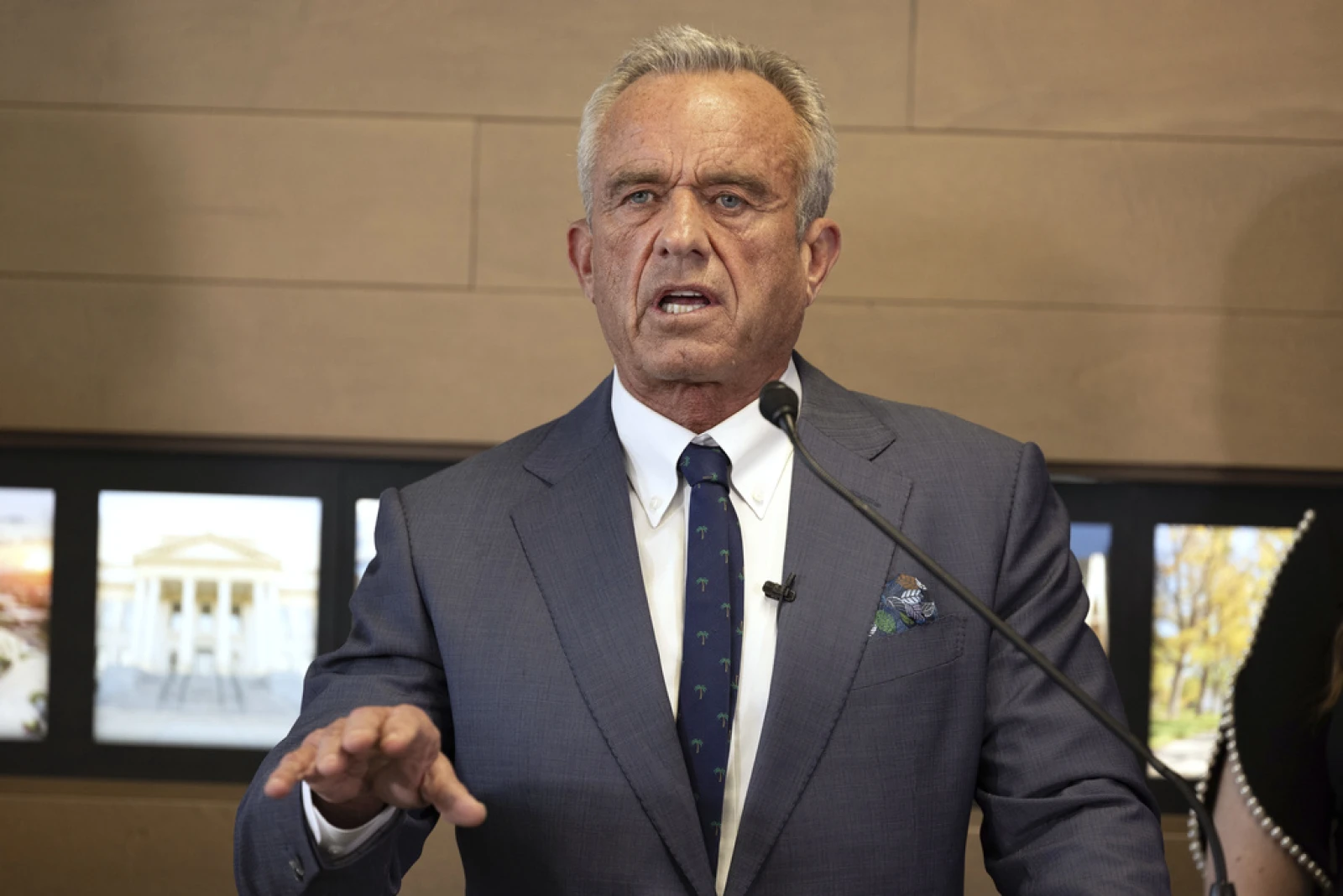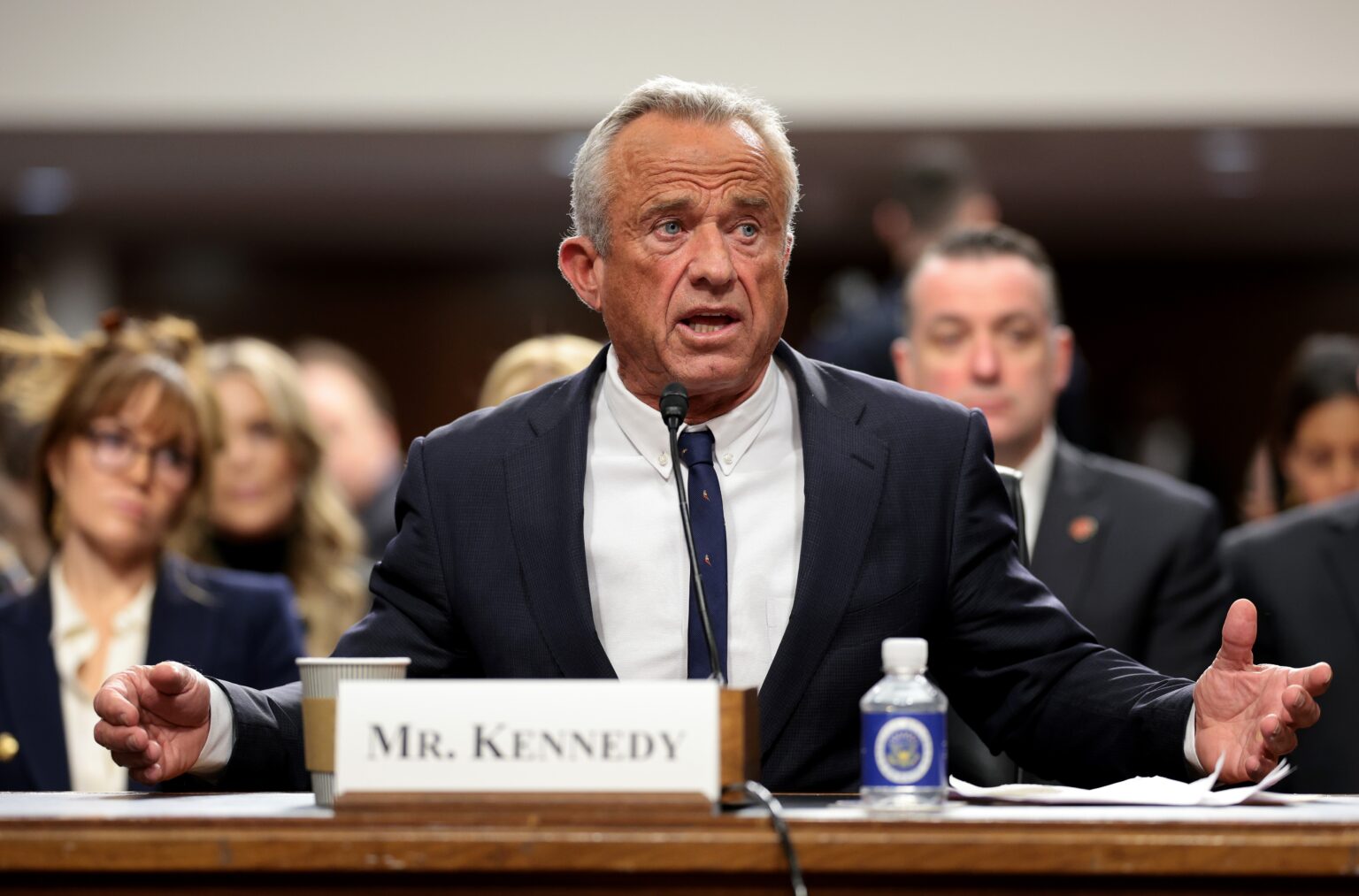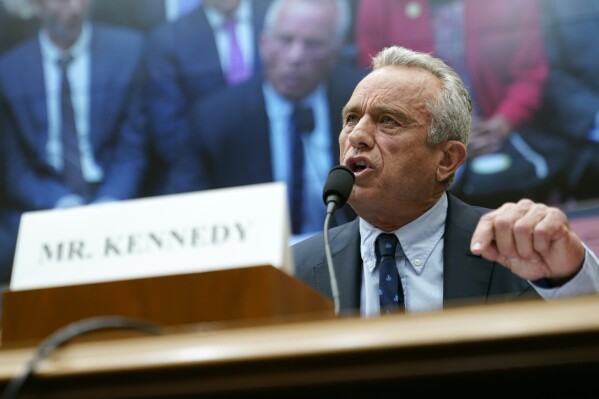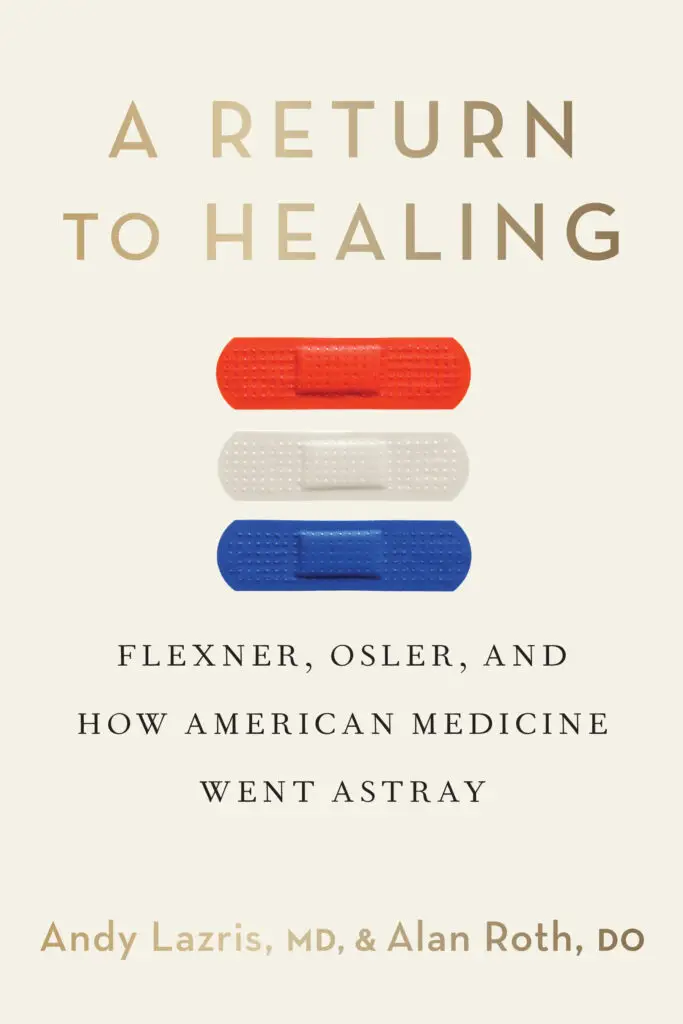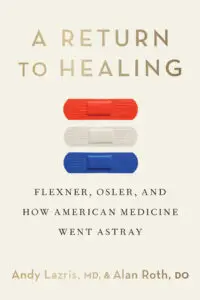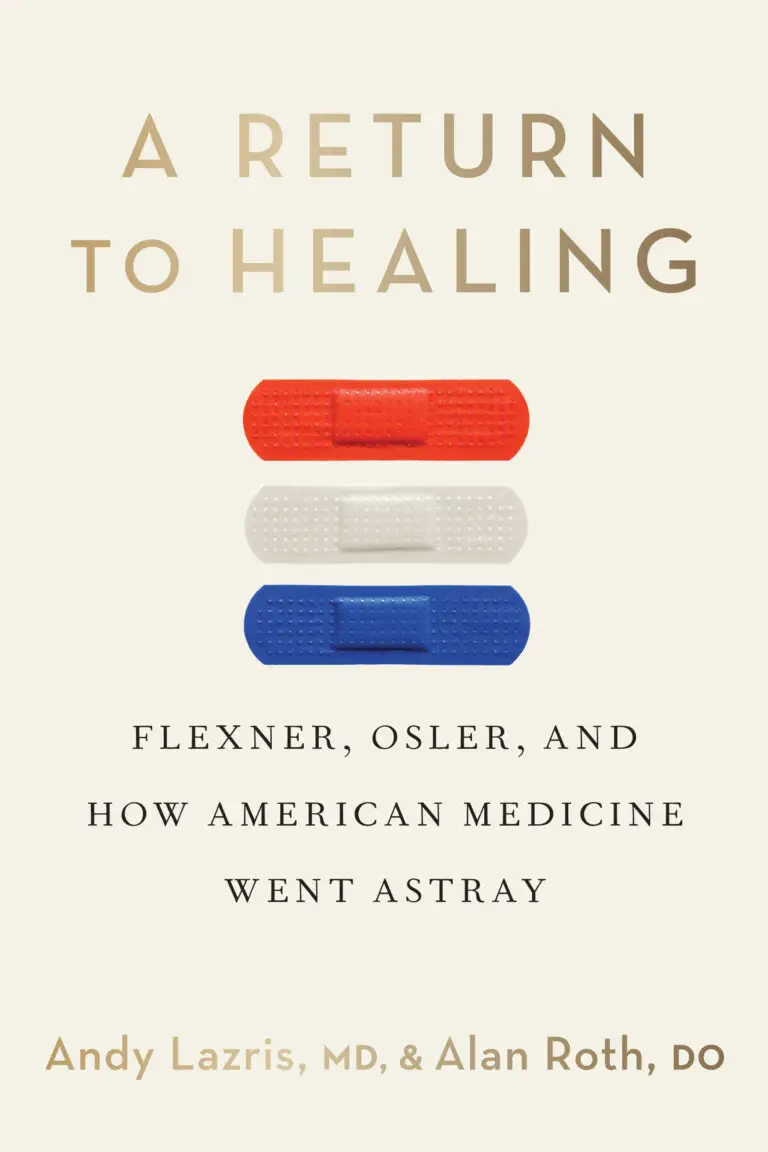- About the Book
About A Return to Healing:
The Story Behind the Book
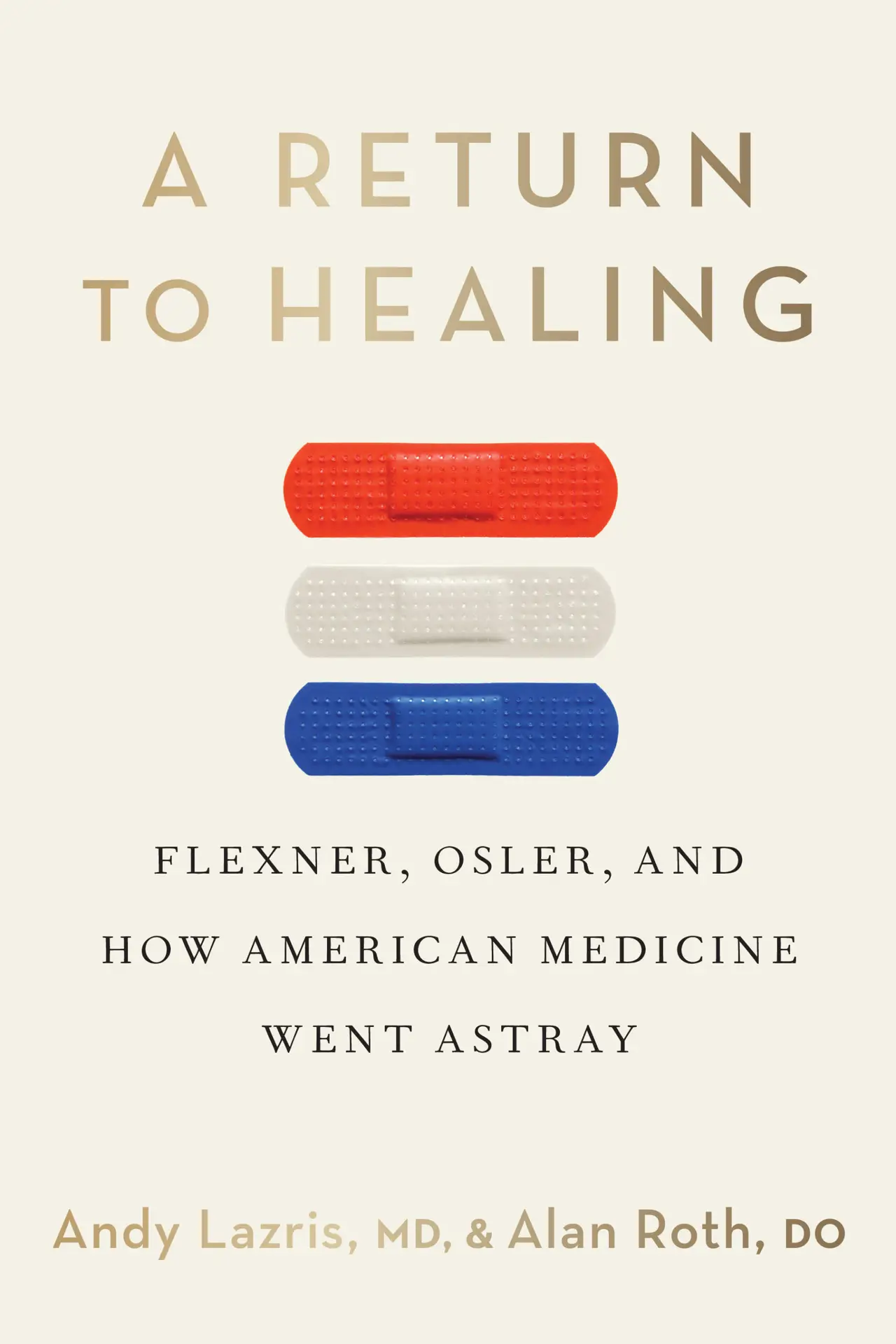
About The Return to Healing
The Big Idea: Why This Book Matters
Modern medicine has lost its way. Corporate interests, rigid protocols, and data-driven treatment models have overshadowed the human side of healthcare—leaving both patients and doctors frustrated.
A Return to Healing uncovers the historical roots of this shift, tracing the battle between Flexnerian standardization and Oslerian patient-centered care. This book challenges the status quo of modern healthcare and offers a compelling vision for restoring compassion, autonomy, and true healing in medicine.
The Flexner vs. Osler Divide: A Historical Perspective
The way medicine is practiced today is no accident—it’s the result of a philosophical divide that shaped the entire healthcare system.
Flexnerian Medicine (Rigid, Standardized, Corporate-Driven)
In 1910, Abraham Flexner’s report revolutionized medical education, prioritizing science, data, and standardized treatment protocols. While this led to medical advancements, it also created a system dominated by corporations, insurance companies, and pharmaceutical interests, often at the expense of individualized patient care
The Impact Today: Why This Divide Still Matters
Oslerian Medicine (Human-Centered, Personalized, Physician-Led)
Dr. William Osler, a pioneer of patient-first care, believed in treating the person, not just the disease. His approach emphasized empathy, clinical intuition, and patient-doctor relationships, but it was ultimately overshadowed by the rise of Flexnerian medicine.
Patients are often over-tested, over-medicated, and overlooked
- Doctors have lost autonomy, forced to follow insurance-driven guidelines
- Healthcare has become profit-focused instead of patient-focused
A Return to Healing reveals how this century-old shift still shapes modern medicine—and how we can bring back real, patient-centered healing.
What it Covers
Key Themes Explored in A Return to Healing
A Return to Healing uncovers the deep-rooted issues in modern medicine and presents a compelling vision for a more patient-centered, compassionate healthcare system. Here are the key themes explored in the book:
Rise of the Medical Industrial Complex
Healthcare has become a business-first, patient-second industry. Corporate interests, insurance companies, and pharmaceutical giants profit from over-diagnosis and unnecessary treatments—while patient care suffers.
Data-Driven Care vs. Patient-Centered Healing
Doctors today follow rigid, standardized protocols rather than treating patients as individuals. This data-obsessed approach often leads to misdiagnosis, overtreatment, and a loss of human connection in medicine.
Why More Medicine Isn’t Always Better
From excessive testing to overprescribing medications, modern healthcare often prioritizes intervention over true healing. This book reveals how over-medicalization harms patients and why less can sometimes be more.
The Future of Primary Care: Putting Patients First
What would medicine look like if doctors had the time, autonomy, and flexibility to truly listen to patients? A Return to Healing outlines a better path forward—one where healthcare is built around people, not profits.
Dive deeper into these critical issues and discover how we can reclaim real patient-centered care.
From excessive testing to overprescribing medications, modern healthcare often prioritizes intervention over true healing. This book reveals how over-medicalization harms patients and why less can sometimes be more.

